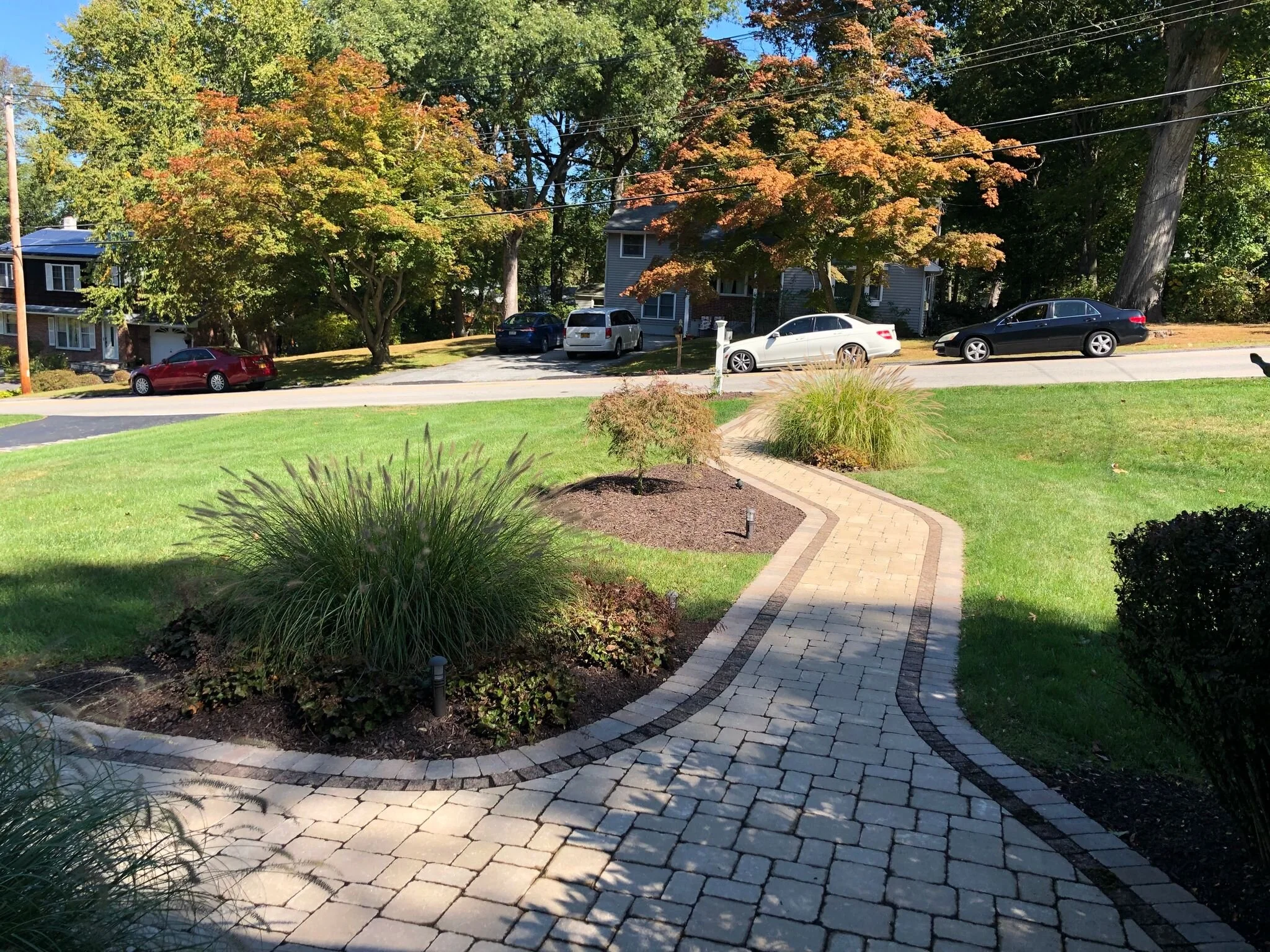The phrase spring cleaning might come to mind when you think of some seasonal tasks in your landscape, but cleaning up in the fall is just as important. The living components of your landscape, such as the grass, flowers, shrubs, and trees all have seasonal changes and present specific challenges. Cleaning up all of the plant debris and taking care of any dead or damaged plant matter will make a huge difference for your landscape come spring. You may be asking: what do fall cleanup services entail in Yorktown and Peekskill, NY? Here’s what you need to know.
Related: HERE'S WHAT FALL MEANS FOR YOUR PROPERTY MAINTENANCE IN SOMERS, WESTCHESTER COUNTY NY
Tree Care
While fall pruning is generally not the best time to shape trees to a desired aesthetic (early spring is the optimal time), it may be necessary to remove potentially dangerous dead or damaged branches that could break in heavy snowfall.
Any standing dead (or dying) trees and shrubs should likewise be removed in fall, before strong winter winds and heavy snow loads cause them to fall.
Cleaning Out Gutters
As both the deciduous and evergreen trees of your landscape shed their leaves and needles, there’s a high likelihood that they’re creating a hazard for your house and landscape. The gutters and drain pipes around your home receive plenty of this debris as rain streams through them. This debris becomes wet and begins to rot before the cold weather sets in for the winter. Left in the gutters, this debris will freeze and expand, causing cracks and breaks along the gutters and drain pipes. It will continue to rot in the spring as the snow melts. Finally as it dries out in the summer, this debris becomes a massive fire hazard that can spark in the heat and sunlight. While gutters should be cleaned out several times throughout the year, fall is the best time to ensure they’re ready for winter snow melt.
Leaf Removal
Debris on the ground presents another problem. As the leaves go from dry to wet, they continue to rot on the surface of your plants. Not only does this suffocate the plants and prevent sunlight from reaching them, the rot attracts disease and pets that can damage the lawn even further. Soon after the leaves fall, it’s important to remove the leaves from the lawn. Instead of removing them completely, it’s possible to turn them into mulch, which can provide essential nutrients to your lawn. Failure to remove organic waste (leaves, dead-headed flowers, and pulled weeds) can provide a haven for pests. Plant waste can also clog drainage areas.
Aerating and Fertilizing the Lawn
Your lawn may have suffered from the summer heat and drought. As soil becomes baked by the sun, it becomes hard, especially if your landscape is primarily clay soil. This means that water, air, and nutrients aren’t reaching the lawn’s roots. Aeration helps to oxygenate the root systems of the grass before the winter sets in. Once the lawn has been aerated, applying a slow-releasing fertilizer to your lawn will also help the grass roots receive and retain nutrients so the plants can come back strong in the spring. A landscaping professional will perform both tasks in order to keep your landscape healthy.
Keep Mowing
Fall lawn care is all about helping your lawn finish the season strong so that it can withstand the demands of winter. Even though growing has slowed and there may be more natural moisture, don’t stop watering and mowing your lawn. As the temperatures fall, set your mower’s blades to their lowest setting; come the rains of spring, this short “haircut” will prevent the soil from retaining too much moisture.
Related: WHAT DOES PROPER PROPERTY MAINTENANCE ENTAIL IN LATE SUMMER IN YORKTOWN NY?


